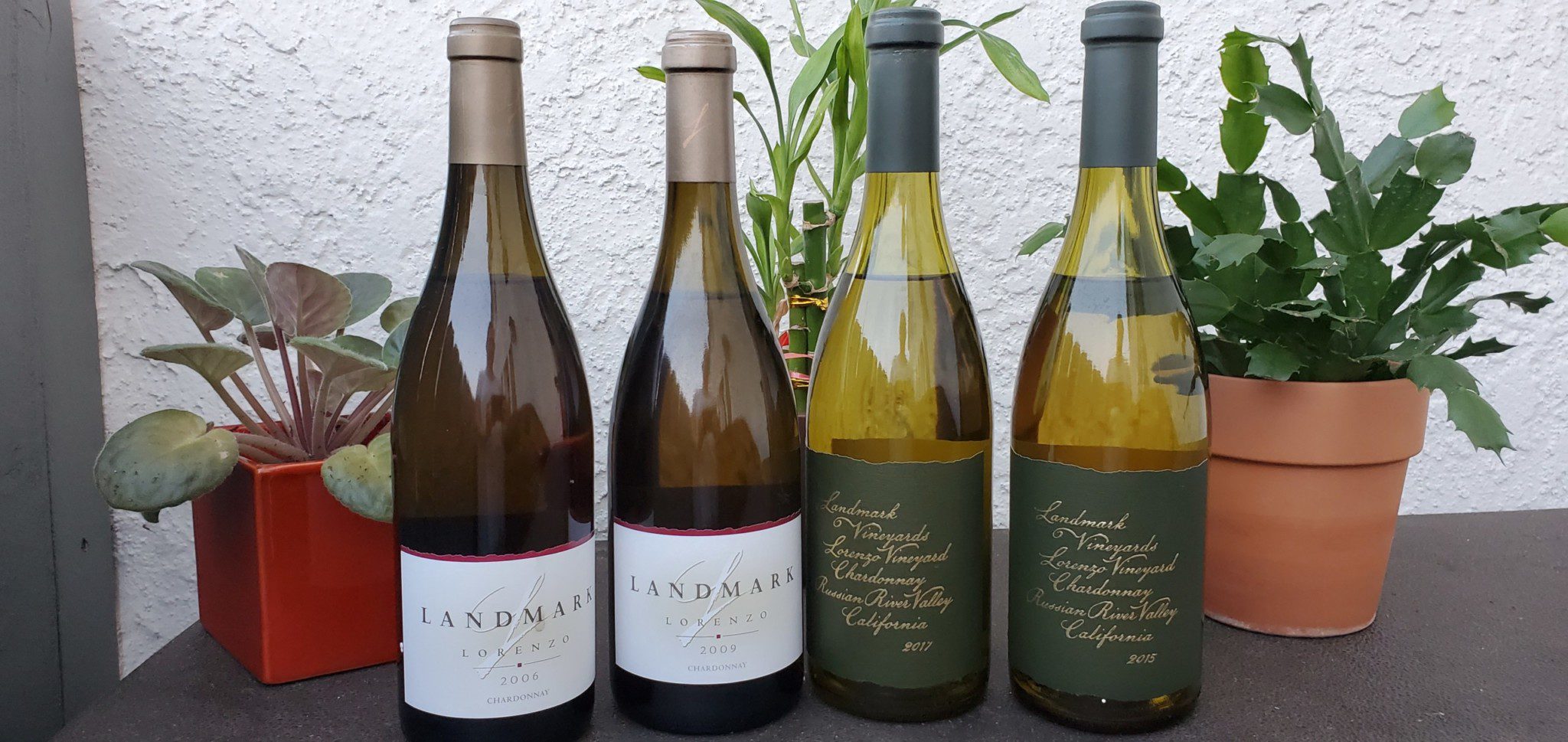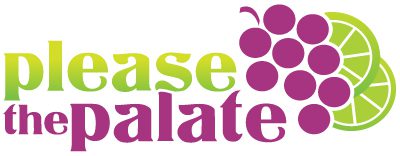

10 Nov The beauty of aged of Chardonnay
We typically are told to aged our red wines but a well-made Chardonnay can also be aged. I enjoyed the beauty of aged Chardonnay through a vertical tasting of Landmark Chardonnay which I wrote about in the Napa Valley Register and share here. A well-made wine continues to develop over time. It sits in the bottle, developing its aromatic complexity and texture, and improving its quality, depth, and character. Commonly we think we should age our red wines while we should drink our white wines young. While the majority of white wines do not age well and are produced to be consumed upon release, a well-made high-quality Chardonnay has aging potential, as exemplified by Landmark Vineyards. Located in the Russian River Valley, Landmark Vineyards was established in 1974 by Damaris Deere Ford, the great-great-granddaughter of John Deere. In 1991, Damaris Deere Ford focused exclusively on producing Chardonnay and released the flagship wine Overlook Chardonnay. In 1993, world-renowned enologist Helen Turley became a winemaker and established Landmark’s signature style, which includes whole cluster pressed grapes, native yeast fermentation, and aging in French oak. Today, Landmark also produces Pinot Noir, as well as Syrah, Grenache and Pinot Gris, but they are first and foremost a Chardonnay house. And these are Chardonnays that can be aged. The Lorenzo Vineyard was the first vineyard-designate wine that Landmark made in 1996. A 45-year-old vineyard, the Lorenzo Vineyard was planted in 1974 by John and Phyllis Bazzano who named the vineyard after John’s grandfather Lorenzo. The Lorenzo Vineyard is seven acres located in the Russian River between Sebastopol and Santa Rosa in the Laguna de Santa Rosa. John Bazzano had intended to plant Gewurztraminer but there had been a problem with the Gewurztraminer at the nursery, so they offered him Chardonnay. He was not interested in Chardonnay but the three-foot deep, clay loam soil was ready to be planted. Bazzano planted the Chardonnay on AXR1 rootstock, which is prone to phylloxera. But no equipment has gone in or out of the vineyard and the vineyard has never developed phylloxera. Bazzano originally sold the grapes to Korbel. He then started making wine and putting it on the bulk market. In 1996, Helen Turley started buying the Lorenzo Chardonnay grapes. The Lorenzo Vineyard is located in a very cool spot and is the coldest Chardonnay vineyard within Landmark’s portfolio. The fog hangs in the vineyard, allowing the fruit to ripen while retaining its acidity. It is the final vineyard that Landmark picks each harvest. Greg Stach first started working at Landmark in 2001 and became the winemaker in 2007. Even before he became the winemaker, he had a history with Lorenzo Vineyard. With the clay soils and cold weather, it is a vineyard that is low in pH. And the lower the pH, the higher the acidity. What Stach appreciates about the wines from Lorenzo vineyard is that they can age and always hold their acidity. Stach is a fan of Chardonnay, especially older Chardonnay. He said there is a misconception about the ability of California Chardonnay to age. The Chardonnays of the 1980s and 1990s were buttery Chardonnays that fell apart over time. But Stach is inspired by a Burgundian model. Landmark Chardonnays go through 100 percent malolactic fermentation and are 100 percent barrel fermented. Stach uses one-third new oak and he does bâtonnage for longer periods of time but less frequently, ie. every two weeks for eight or nine months. The wines are unfiltered. Aged Chardonnay gains texture and richness. It becomes broader, richer and rounder. As I sat down and tasted four vintages of Landmark Lorenzo Chardonnay, I recognized the common thread between the wines. The common thread was the underlying structure.

Discover more from Please The Palate
Subscribe to get the latest posts sent to your email.


